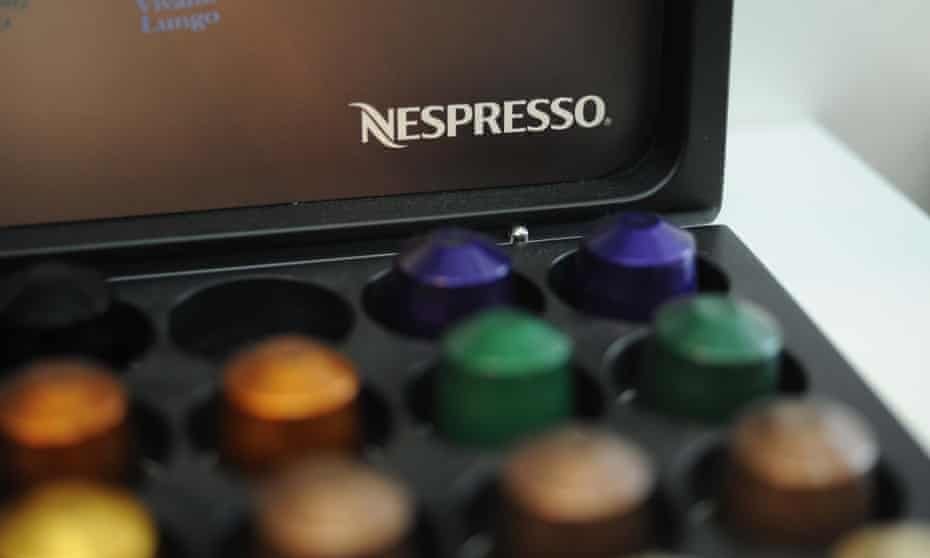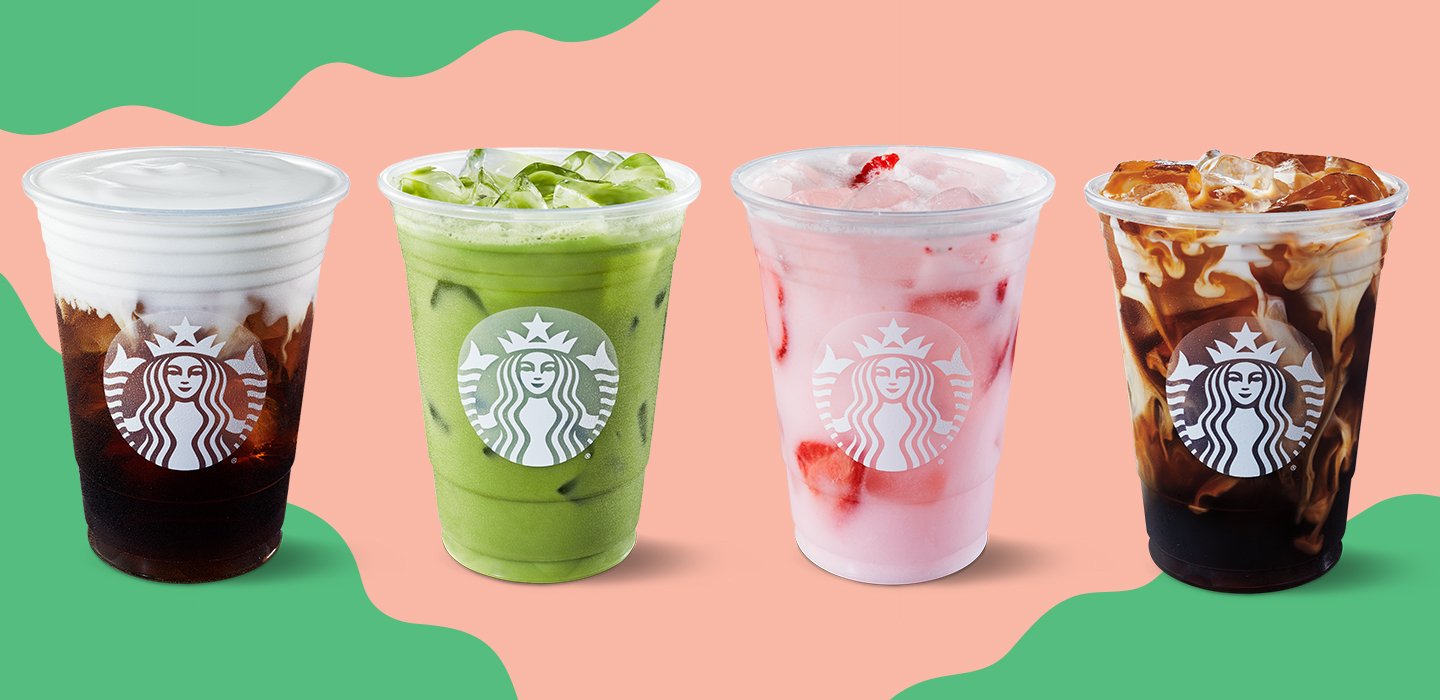How to find a brand voice for your coffee business
Much in the same way that each person has their own personality, every brand – from Nike to Starbucks – has a unique voice. Known simply as a “brand voice”, it is the way in which companies present themselves to the public and communicate with their audience.
Shaped through various means, including language, images, typeface, and colour schemes, it is essential to imparting a distinct and lasting impression on customers. It also plays an important role in “setting the tone” of a brand and conveying its values.
A successful brand voice is one that resonates with customers, helping them feel connected with the company and its products. However, it also relies on consistency, whether in stores, on social media, or when speaking to a representative.
So how can coffee businesses develop their own brand voice?
How to develop a brand voice
All of the world’s leading brands have distinct personalities that come through in the form of a brand voice.
Coca-Cola, for example, is known for its positive, friendly, and down-to-earth approach, while Dove is recognised for being uplifting and empowering. Vegan milk giant Oatly, on the other hand, has made a name for itself as a result of its irreverent and self-aware brand voice.
Not only do these brands have memorable voices, they’re able to use them across a range of mediums to convey their personalities, showcase their values, and tell compelling stories.
In order to develop your own brand voice, it’s important to start with your company’s mission statement.
This will help determine the key characteristics of your brand voice, while forming the base from which all communication with customers will stem. As such, it should be simple, clear, and authentic, as this will help build trust and improve consistency.
You also need to think about your target audience. In other words, will your brand voice resonate with the people you expect to buy your coffee? If, when thinking about your target audience, your brand voice doesn’t quite fit, then it’s probably not right.
You can test this by speaking to potential customers about their values and what they look for in a brand, as well as understanding their personalities.
Are they outgoing? Opinionated? Politically-driven? Fashion conscious? Do they keep up with the latest trends? Are they active on social media? Do they like to travel abroad? All of these are important questions that will ultimately help define your brand voice.
Finally, look at what competitors are doing – and find a way to do things differently. Consumers are constantly on the hunt for brands that will shake up the industry with a new, exciting, and fresh approach; and the best way to convey this is through your brand voice.
A classic example is Innocent Drinks. When they burst onto the scene in the late 1990s with a range of fruit smoothies, their fun, witty, and subversive brand voice stood out in a sector that was generally formal and stuffy, helping to grab customers’ attention.
Coffee brand voice case studies
Time and again, consumers have shown a preference for companies with a strong brand voice.
A report from Sprout Social’s 2020 Index found that 40% of consumers listed memorable content as a factor that helps brands stand out on social media, while two-thirds voted for distinct personality and compelling storytelling.
This is why coffee brands like Starbucks and Nespresso are two of the most popular coffee brands globally.
Although they are both positioned differently and appeal to separate audiences, they are both highly successful in their approach.
Starbucks
Although their coffee may not be to everyone’s taste, few could deny the success of Starbucks as a global brand. Founded in the early 1970s, it’s one of the world’s most recognisable companies, with an annual turnover of more than $20 billion.
Key to this success has been Starbucks’ brand voice, which they divide into two categories: functional and expressive.
Functional they describe as “helpful” and “clear”, enabling customers to “have an easy, enjoyable experience in-store and online”.
Expressive, on the other hand, is where their “brand personality unfurls with day-making thoughts” and products are presented in “a fresh, relevant, interesting way”.
As an extension of this is its logo, colours, typography, and imagery, all of which complement its brand voice.
A functional and expressive brand voice is consistent across all of Starbucks’ mediums, from their stores and takeaway cups to their YouTube clips and social media channels.
Consistency is crucial to ensuring Starbucks can not only follow through on its mission statement to “inspire and nurture the human spirit”, but also create a repeatable customer experience.
In other words, each time someone interacts with the Starbucks brand, they know what to expect. This has been one of the keys to the company’s extraordinary success and continues to keep them on top in a highly competitive market.
Nespresso
Since launching in the mid-1980s, Nespresso has grown to become the leading manufacturer of coffee capsules and the machines used to brew them. And they’ve been able to do so thanks to a distinct and carefully crafted brand voice.
Aimed at the modern-day coffee consumer, Nespresso’s brand voice focuses on four key areas: sophistication, simplicity, warmth, and humour.
You only have to step into one of their stores to get a sense of all four, with the low, warm lighting illuminating a series of sleek espresso-style bars and shelves full of colourful capsules.
Nespresso’s brand voice is also perpetuated by its brand ambassadors. Hollywood actor George Clooney, who has spearheaded the brand since 2015, exudes an air of sophistication, style, and exclusivity that perfectly matches the company’s brand voice.
It has also helped Nespresso position itself as a lifestyle brand, convincing people that by buying into Nespresso’s products, they are buying into a certain way of life. The use of colours associated with premium brands – black and purple – further cement this positioning.
Building a strong and consistent voice for your brand requires strategy, planning, research, and creativity. What’s more, it takes consistency, intention, clarity, and the ability to persevere.
First published in MTPak.


